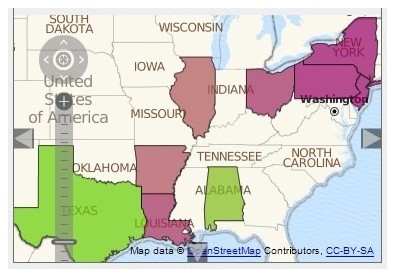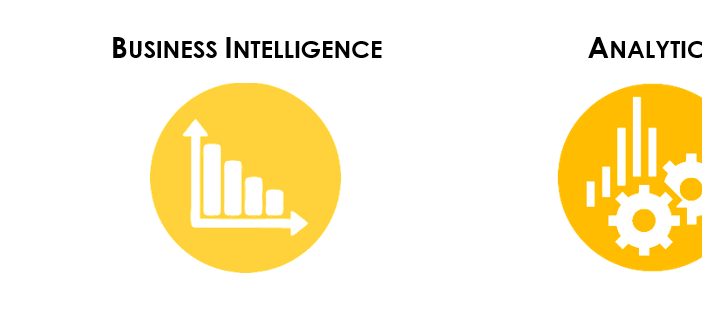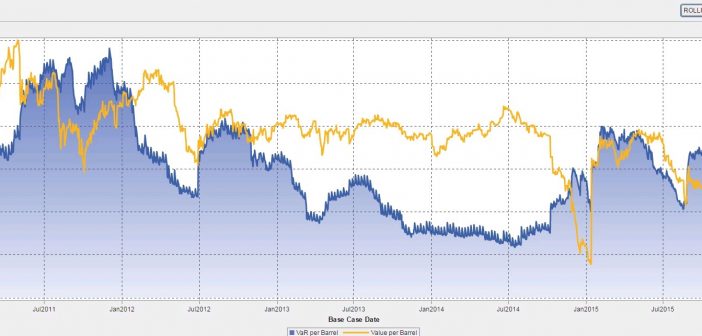
#GivingTuesday has been gaining popularity as people worldwide find ways to give back, after giving thanks. On December 1, 2015, charities, families, businesses, community centers, and students around the world came together for one common purpose: to celebrate generosity and to give. SAS is proud that we were once again able
















